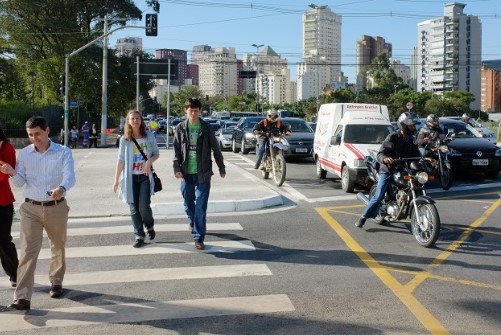In a groundbreaking effort to address the challenges faced by disabled riders, advocates are calling for comprehensive public transit planning. While existing accessibility standards provide a baseline, they fall short of meeting the diverse needs of disabled individuals. This article explores the critical issues and proposes solutions to create truly equitable transportation systems.

The ADA and Beyond: A Deeper Look
The Americans with Disabilities Act (ADA) serves as a crucial framework for ensuring accessibility in public spaces. However, it represents only the minimum requirements. Disabled riders often encounter additional barriers beyond mere physical access. Consider Tanisha Sepulveda’s experience at a community center in Tukwila, Washington. Although the building met ADA standards, the lack of sidewalks and inadequate public transportation options made it nearly impossible for non-drivers to access the center. Sepulveda’s question resonates: How can a community center truly serve its purpose if it excludes those who cannot drive?
The Disability Mobility Initiative
Four years ago, the nonprofit Disability Rights Washington (DRW) launched the Disability Mobility Initiative. This program aims to raise awareness of systemic issues faced by non-drivers when participating in their communities. One notable initiative is the “Week without Driving” challenge. Participants commit to avoiding personal car travel for a week, experiencing firsthand the limitations that non-drivers encounter. The challenge highlights essential questions: How would someone without the option to drive cope with missed work meetings, doctor’s appointments, or grocery shopping?
Equity Across Geographical Regions
While the challenge sheds light on broader struggles, it fails to capture regional inequities. For instance, a rural resident seeking employment in Seattle may face a daunting two-hour commute using public transportation. The disparity between transit routes in urban and rural areas exacerbates the challenges for disabled riders. As we advocate for comprehensive planning, we must address these geographical disparities and ensure that all communities have equal access to essential services.
Moving Forward: A Call to Action
- Integrated Planning: Public transit initiatives should be integrated into overall transportation systems. Ad-hoc campaigns and isolated programs fall short. Instead, municipalities and urban planners must collaborate to create holistic solutions.
- Safety and Communication: Safety remains paramount. Operators must address violence, harassment, and nighttime safety concerns. Clear, around-the-clock communication channels are essential for rider confidence.
- Affordability: High ticket prices disproportionately affect low-income travelers. Transit systems must prioritize affordability to ensure equitable access for all.
- Design and Scheduling: Poorly designed transportation infrastructure and inadequate schedules hinder inclusion. Planners should consider the unique travel patterns of disabled commuters.
Conclusion
Comprehensive public transit planning is not a luxury; it is a necessity. By prioritizing the needs of disabled riders, we can create transportation systems that truly serve all members of our communities. Let us move forward with purpose, ensuring that no one is left behind.






